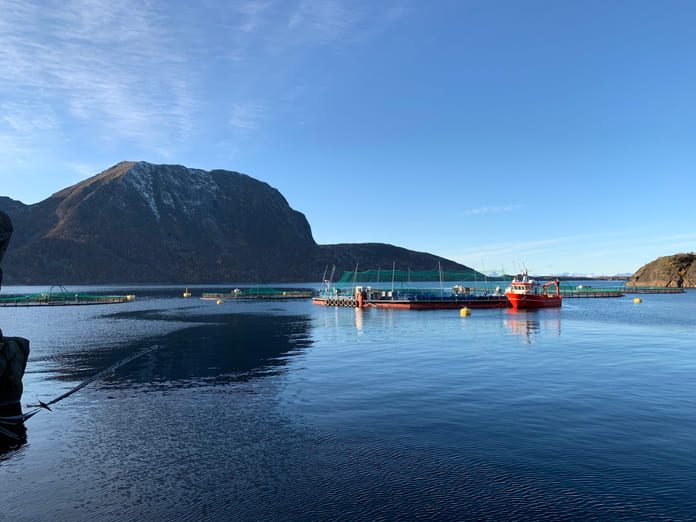The Norwegian government announced on 16th September that the planned auction of new salmon farming licenses will be postponed from 27 September to 12 October, delaying it until after the country’s national budget.
The postponement and the date of the national budget, set to be presented on 6th October, has resulted in speculation that the salmon farming sector could be set to be hit by increased taxation.
Earlier in September, Norway’s Prime Minister, Jonas Gahr Store, wrote in the country’s daily financial paper DN that “people and industries that have the most and earn the most must contribute more.”
Philip Scrase, an analyst for Carnegie, has warned that they have “not found any other good reason for the government to postpone the auction on short notice…Thus, we see it as quite likely that some increased taxation will be included in the budget and would be cautious with the Norwegian salmon farming stocks ahead of 6th October.”
The licence auction typically takes a day and companies set aside a great deal of resources to prepare and participate in them, so the government does not change the date or the process without a reason to do so.
Increased taxation could come in the form of a new resource tax (tax on super profit) or an increase of the existing NOK 0.40/kg production levy for salmon and trout. This levy was introduced in 2021 after proposals of a resource tax were turned down. While it is uncertain, it would be easier for the government to increase the production levy, rather than introducing a new taxation altogether without a proper hearing.
In Carnegie’s company estimates, they have assumed a 5% annual increase in the production levy for Norwegian farming operations for the foreseeable future, but clearly there is risk that any increase for 2023 would be higher.
Any increase of the production levy would proportionately affect companies with the highest cost and weakest margins, such as LSG and GSF, the most. These companies, alongside SALM, have most of their volumes in Norway, thus increasing the potential impact on a per kg basis, while Mowi has slightly below 60% of its volumes in Norway, giving some protection.
For a sense of proportion, Carnegie’s Mowi 2023 estimates include Norwegian farming levy payments of EUR 12.0m, equal to NOK0.24 per share. BAKKA is only present in the Faroe Islands and Scotland, and would not be affected.

